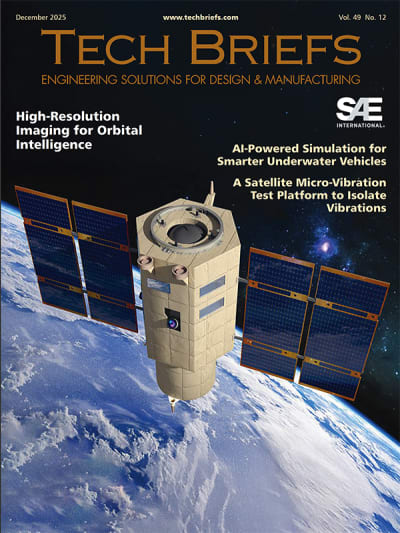
A University of Nebraska–Lincoln engineering team is another step closer to developing soft robotics and wearable systems that mimic the ability of human and plant skin to detect and self-heal injuries.
Husker engineer Eric Markvicka, along with graduate students Ethan Krings and Patrick McManigal, recently presented a paper at the IEEE International Conference on Robotics and Automation in Atlanta, Georgia, that sets forth a systems-level approach for a soft robotics technology that can identify damage from a puncture or extreme pressure, pinpoint its location, and autonomously initiate self-repair.
The team’s strategy may help overcome a longstanding problem in developing soft robotics systems that import nature-inspired design principles.
“In our community, there is a huge push toward replicating traditional rigid systems using soft materials, and a huge movement toward biomimicry,” said Markvicka, Robert F. and Myrna L. Krohn Assistant Professor of Biomedical Engineering. “While we’ve been able to create stretchable electronics and actuators that are soft and conformal, they often don’t mimic biology in their ability to respond to damage and then initiate self-repair.”
Here is an exclusive Tech Briefs interview, edited for length and clarity, with Markvicka.

Tech Briefs: What was the biggest technical challenge you faced while developing this self-healing technology?
Markvicka: It's the systems level integration of these different components. There have been been a lot of these pieces, individually throughout the literature up to this point. But the idea of integrating a system that can detect damage, that is robust, to that kind of event is new We wanted a system with the ability to integrate a self-healing mechanism thatis localized to the damage event and then can repair the system and ultimately erase what damage has done before resetting the system back to its original state. That was one of the big technical challenges we had to overcome.
Tech Briefs: Can you explain in simple terms how it works, please?
Markvicka: We have a damage detection layer, which has liquid metal droplets embedded inside an elastomer matrix. When damage occurs, it draws an electrical trace in the material. We can electrically sense that the new trace has been formed by the damage. That trace also functionsas a heating element. We can apply current to it so it locally heats around the damaged area.
There's another layer that we've integrated in there — a thermal plastic elastomer that can be sealed through the application of heat. Once that has occurred, we can continue to ramp up the current and ultimately erase the electrical trace that was drawn in there by the damage, resetting the material back to its original state in terms of its mechanical properties and electrical configuration.
Tech Briefs: What was the catalyst for this work? How did the team decide upon electromigration?
Markvicka: Well, we and many researchers in the field have been working to mitigate the effects of electromigration. This is one of the bottlenecks that's preventing the miniaturization of electronics . And that process of electromigration happens much sooner in liquid metals. And what we realized — we kind of thought about this, the students really came up with this idea and thought about it in a slightly different way — is that we're actually erasing traces in these materials and we can use that to erase traces without any human intervention. We can do it electronically through software.
Tech Briefs: Do you have any set plans for further research, work, etc.? If not, what are your next steps? Where do you go from here?
Markvicka: So, right now we've looked at this really on a small component level. It's a single actuator that could be used potentially as a finger within a grasper of a robotic system. So, one of our big questions that we're trying to ask sort of moving forward is how can we move this into a much larger system. So, not just a skin on a single finger, but looking at the entire skin or exterior of a larger inflatable system. Moving to a much larger system-level scale of these systems.
One of the other bottlenecks of our current approach is we are limited in terms of the size of damage that we can detect. Also, how can we further improve the accuracy and resolution of this approach? One of the other big things is we have only looked at cuts in this material. We have no method of healing holes or more catastrophic damage events. So, we have to begin to rethink this process to facilitate the healing of much more severe damage type events.

